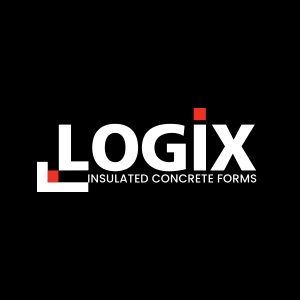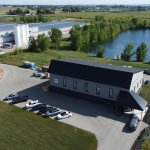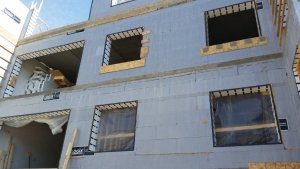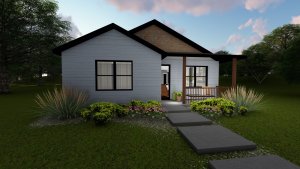Are you working on a mid-rise building with ICF specified for your below and above-grade walls?
Great — you’re on track to have a resilient, energy-efficient (and profitable) building. But did you know that there are several tricks and design tweaks that can optimize your ICF project even more?
We talked to a number of construction professionals who have been involved in mid-rise ICF builds to get their insights and we summarized them below. However, as you browse through these tips please bear in mind that there are many ways to approach an ICF mid-rise build and no particular way is the best or only way!

Consider Supporting the Floor System With the Exterior ICF Walls
Whenever you’re building with ICF walls, there are plenty of good reasons to take advantage of their structural nature. One potential advantage is to have your exterior ICF walls support the floor system. Not every ICF mid-rise build incorporates this design convention but many do. If you choose to go this way, here’s what you gain by doing so:
- You can now use non-load bearing, steel stud demising walls. This way, the building’s tenants can perform future renovations with greater ease.
- Unless the local code’s wind or seismic provisions are more onerous, your exterior ICF walls should be able to serve as shear walls, along with the elevator and stair cores.
- You can span a precast slab from corridor walls to exterior walls (typical max span of 20-25ft, depending on the slab’s thickness). This way, you can run the slabs perpendicularly to the exterior walls, and thus eliminate camber issues in the precast.
This brings us to our next tip:

Opt for Precast Floors
Understandably, precast isn’t suitable for every purpose-built mid-rise building. But going with precast is a popular choice with ICF builds and does have its benefits.
For one, precast floors don’t require multi-floor shoring the way in-situ concrete slabs do.
Precast is also less finicky in cold weather, especially with exterior ICF walls. Heating requirements are minimal, and grouting cures quickly, even in the bitter winter cold.
Finally, precast floors are schedule-friendly. Instead of waiting for the pours to cure and the multi-floor shoring to be removed, your electrical and drywall subs can quickly get to work on their respective scopes.
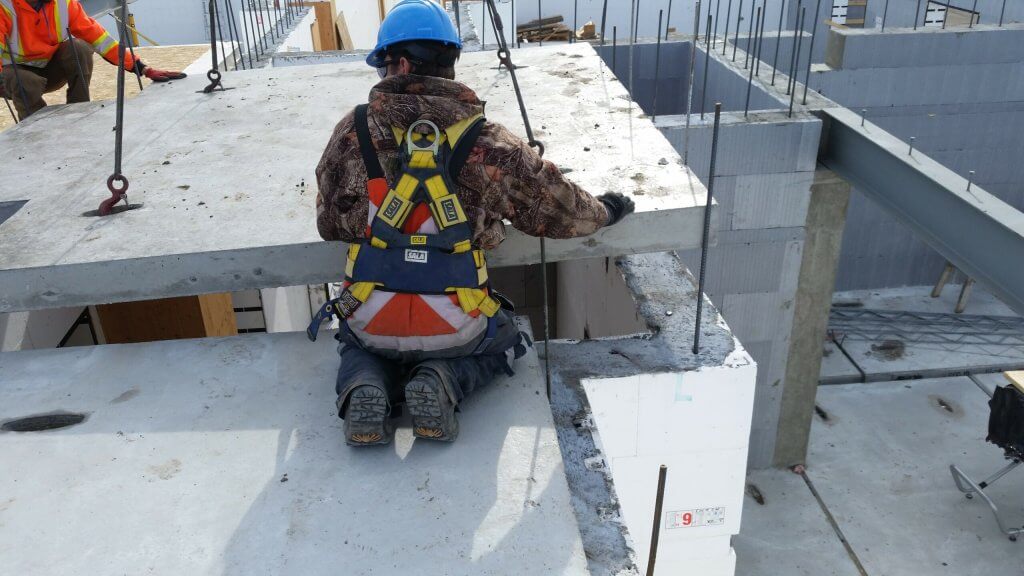
Don't miss a thing!
Subscribe for the latest in the ICF world, exclusive content, insider industry news and limited edition webcasts.

Get the ICF Coursing Right
To avoid cutting ICF blocks — which is both wasteful and time-consuming — make sure you work out the ICF coursing for your walls. Ideally, you’d have the window buck on the top of a course; this way, you don’t have to field-cut the blocks.
With Logix ICF PRO (16-inch) and V12 blocks (12-inch), you can build walls to any height in 4-inch increments — all without cutting.

Involve an ICF-experienced Engineer to Optimize the Structural Design
This probably goes without saying, but to optimize your building’s design (and save your project team lots of headache in the process), it’s always best to involve an ICF-experienced engineer.
While Logix has several handy resources — like the one-minute engineer and the prescriptive engineering tables — these are only useful in single-family residential applications. Mid-rise, multifamily residential buildings have diverse site-specific requirements, which an ICF-skilled, qualified local engineer will know well.
Your Logix ICF Terrritory Manager will be able to put you in touch with a suitably experienced engineer. You can also search for ICF-experienced engineers by browsing through our online Logix ICF Pro-Link directory.


Choose the Right Window and Opening Buck for Your Project
Spend some time researching the ideal window buck system for your openings.
Most importantly, your buck of choice must be compatible with the ICF product you’re using for exterior walls. So, if you’re using Logix ICF, opting for the Logix Pro Buck is often the best way forward. That said, be sure to analyze all your window buck options — foam, wood, steel, bare concrete, etc. — all of these have pros and cons.
Another factors to consider are your window placement convention (flush to the inside, flush to the outside, or in the middle) and your chosen exterior veneer. These choices can also dictate which bucking system is most appropriate for your project.
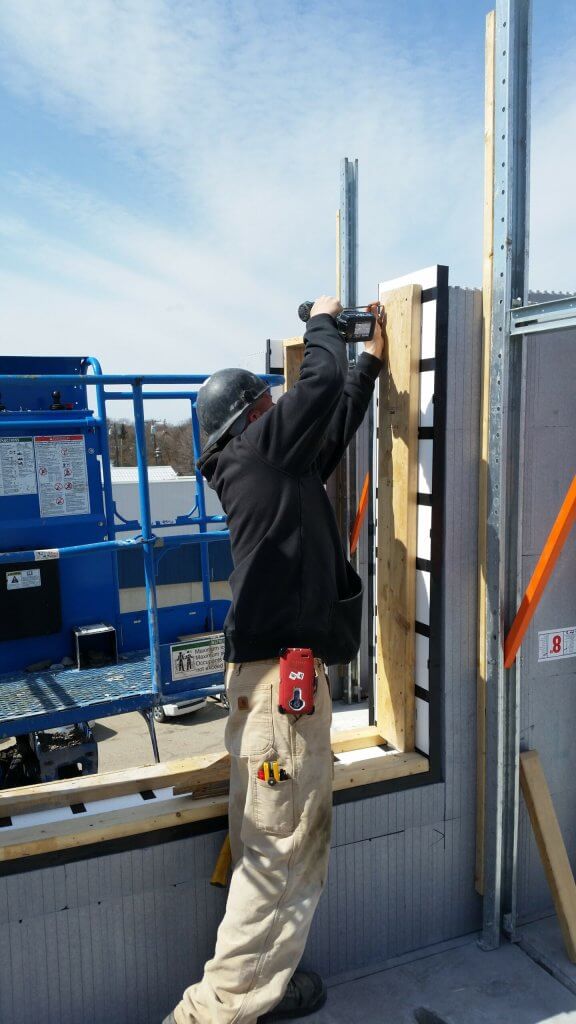
Wrapping It Up
If you’re building a mid-rise ICF project, you have plenty of opportunities to optimize your building’s constructability, cost-efficiency, and functionality. So, when you’re working on your next project, remember the 5 details we discussed above:
- Use exterior ICF walls to support the floor system
- Use precast floors, if possible
- Work out the ICF coursing
- Hire an engineer with ICF experience
- Choose the right window buck
